Archives
- 2018-07
- 2018-10
- 2018-11
- 2019-04
- 2019-05
- 2019-06
- 2019-07
- 2019-08
- 2019-09
- 2019-10
- 2019-11
- 2019-12
- 2020-01
- 2020-02
- 2020-03
- 2020-04
- 2020-05
- 2020-06
- 2020-07
- 2020-08
- 2020-09
- 2020-10
- 2020-11
- 2020-12
- 2021-01
- 2021-02
- 2021-03
- 2021-04
- 2021-05
- 2021-06
- 2021-07
- 2021-08
- 2021-09
- 2021-10
- 2021-11
- 2021-12
- 2022-01
- 2022-02
- 2022-03
- 2022-04
- 2022-05
- 2022-06
- 2022-07
- 2022-08
- 2022-09
- 2022-10
- 2022-11
- 2022-12
- 2023-01
- 2023-02
- 2023-03
- 2023-04
- 2023-05
- 2023-06
- 2023-07
- 2023-08
- 2023-09
- 2023-10
- 2023-11
- 2023-12
- 2024-01
- 2024-02
- 2024-03
- 2024-04
- 2024-05
- 2024-06
- 2024-07
- 2024-08
- 2024-09
- 2024-10
- 2024-11
- 2024-12
- 2025-01
- 2025-02
- 2025-03
- 2025-09
- 2025-10
-
In the late s Solvay Pharmaceuticals discontinued
2025-02-25
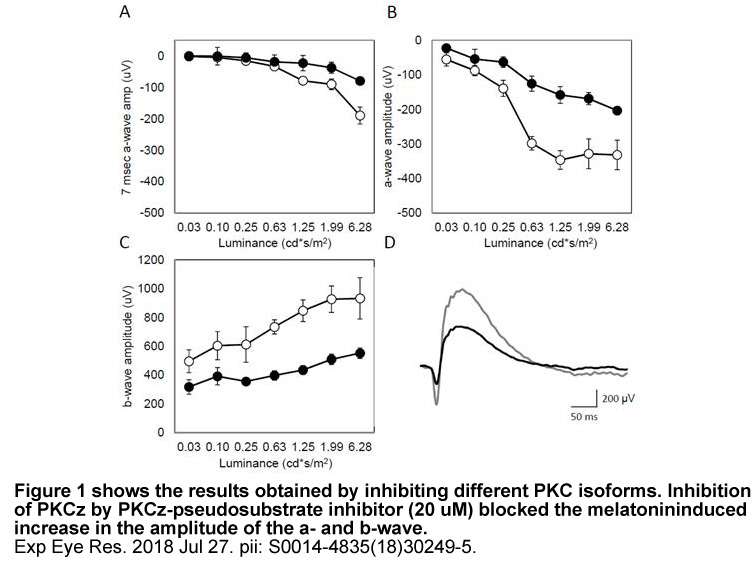
In the late ‘90s, Solvay Pharmaceuticals discontinued the Phase 2 development of a promising potent and highly selective A1AR antagonist based on the pyrrolopyrimidine scaffold, SLV320 [43] (2, Chart 1, also named derenofylline; Ki hA1AR = 1 nM), for the treatment of acute heart failure [24]. In the
-
PAN induced nephrosis was accompanied by loss of
2025-02-25
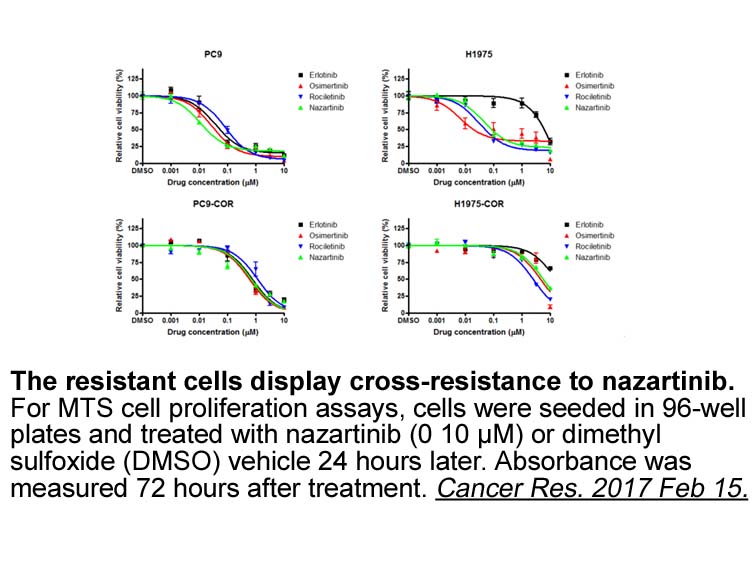
PAN-induced nephrosis was accompanied by loss of body weight, decrease of food intake, increase in urine volume and increases in triglycerides and cholesterol levels, which have been reported previously (Natori et al., 1996). Except for urine volume, each one of these measures was improved by A-3069
-
During myeloid cell maturation expression of LO mRNA
2025-02-25
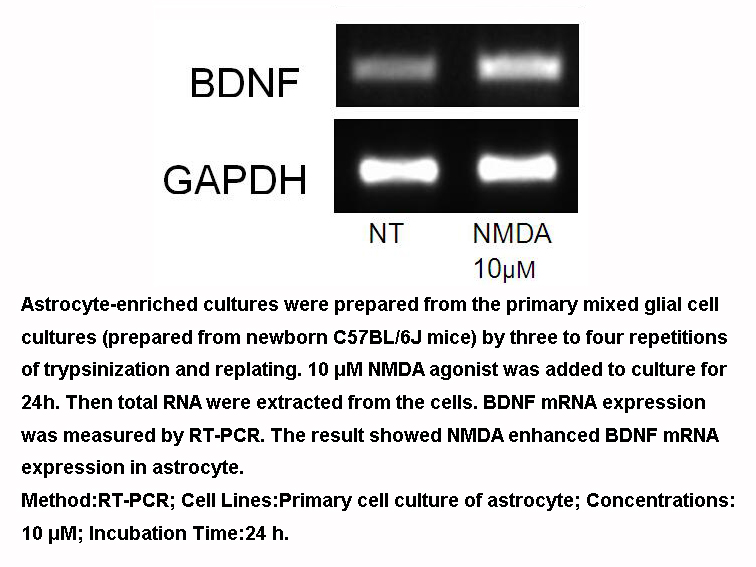
During myeloid cell maturation, expression of 5-LO mRNA and protein is strongly induced (60–130-fold) by calcitriol (1,25(OH)2D3) and transforming growth factor-β (TGFβ) [6,7]. The upregulation of 5-LO mRNA transcription is mainly due to transcript elongation and mRNA maturation [8,9]. Interestingly
-
In our studies of leucine and BCH in
2025-02-24
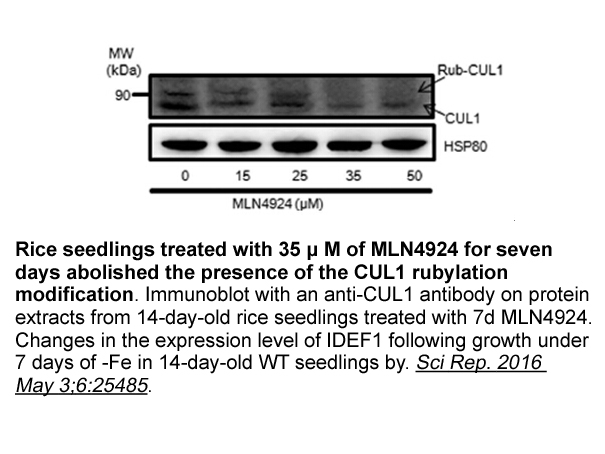
In our studies of leucine and BCH in pancreatic islets and clonal insulin cell lines, we noticed that leucine was a slightly stronger stimulant of insulin release. Previous studies showed that leucine can be metabolized to CO2[11], [12], [13], [14] and can increase acetoacetate in pancreatic islets
-
Evidences have suggested that impairment of CK activity
2025-02-24
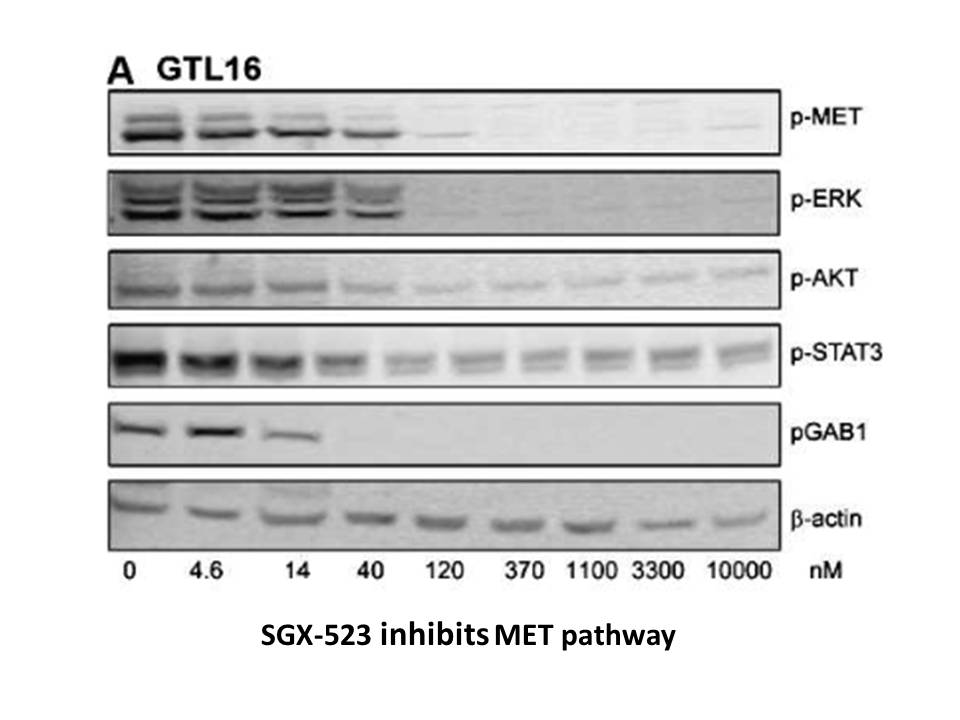
Evidences have suggested that impairment of CK activity contributes to inhibition of Na+, K+-ATPase and H+-ATPase activities during infectious diseases, since these ATPases are dependent of ATP, as observed by Baldissera et al. [31] in fish experimentally infected by Aeromonas caviae. We observed th
-
A positive correlation between nasopharyngeal CCL and CCL co
2025-02-24
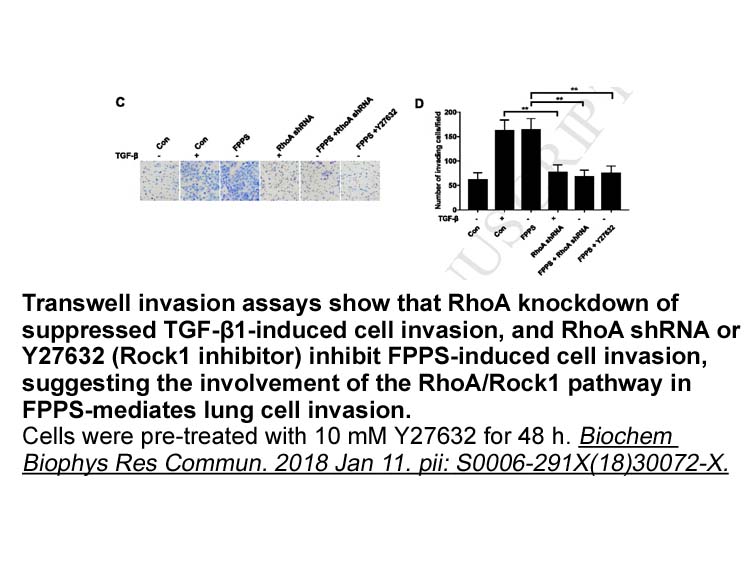
A positive correlation between nasopharyngeal CCL3 and CCL5 [16] concentrations and illness severity was shown in evaluating patients with RSV bronchiolitis [17]. CCL5 and CCL3 are important for monocyte and lymphocyte recruitment to the lung during RSV infection [7], [16], [18]. Despite the signifi
-
There are profound differences between acute and chronic pai
2025-02-24
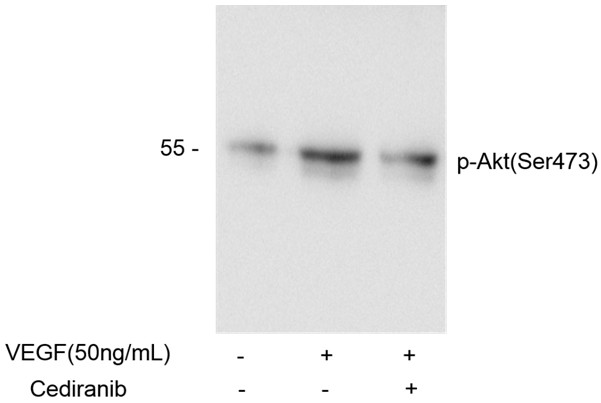
There are profound differences between acute and chronic pain when dramatic changes occur in peripheral nociceptors and central nociceptive pathways and the pain system is sensitised thereby leading to exaggerated responses to noxious stimuli (hyperalgesia) and responses to non-noxious stimuli (allo
-
Of the many different types of DNA lesions DNA double
2025-02-24

Of the many different types of DNA lesions, DNA double strand breaks (DSBs) are amongst the most deleterious. It has been suggested that a single unrepaired DSB may be sufficient to induce cell death (Bennett et al., 1993), whereas misrepaired DSBs can result in loss of genetic information, potentia
-
ionomycin Why do glutamate and glycine bind to the
2025-02-24
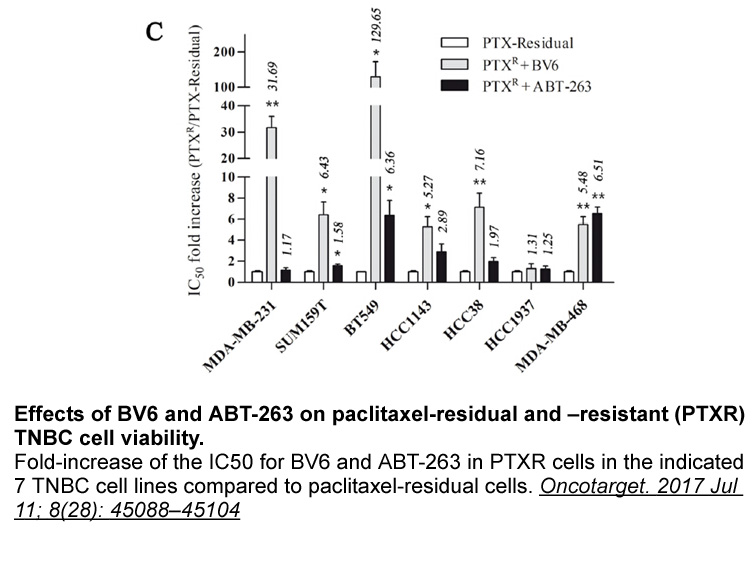
Why do glutamate and glycine bind to the ionomycin in such different ways? Given the overall structural similarity between the GluN2A and GluN1 LBDs, one might conclude that the LBDs also bind ligands via similar processes. NMDA receptors with engineered disulfide linkages that lock the GluN1 lobes
-
Here the so called alkali assay is proposed
2025-02-24
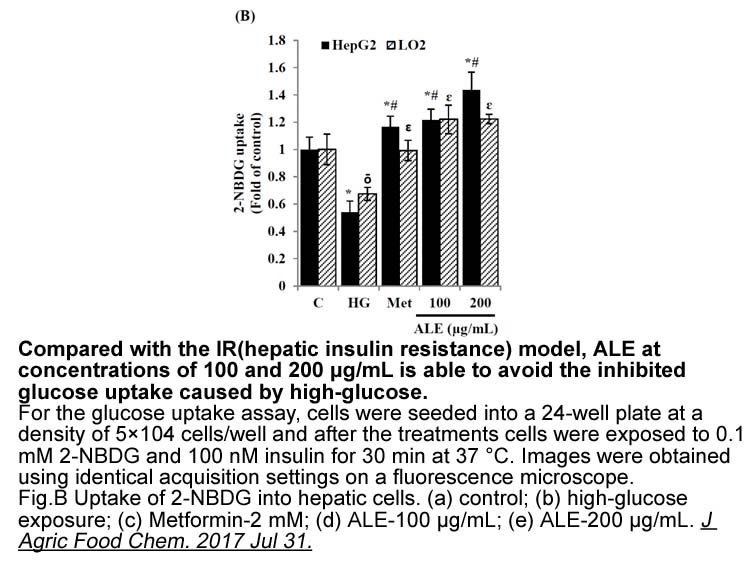
Here the so-called alkali assay [18] is proposed as a method to be applied directly on the purified recombinant enzyme sharing the same structural and functional features of the wild-type enzyme [19], [20], [21] using its physiological substrate androstenedione. The assay that was already successful
-
br Conclusion br Acknowledgments The
2025-02-24
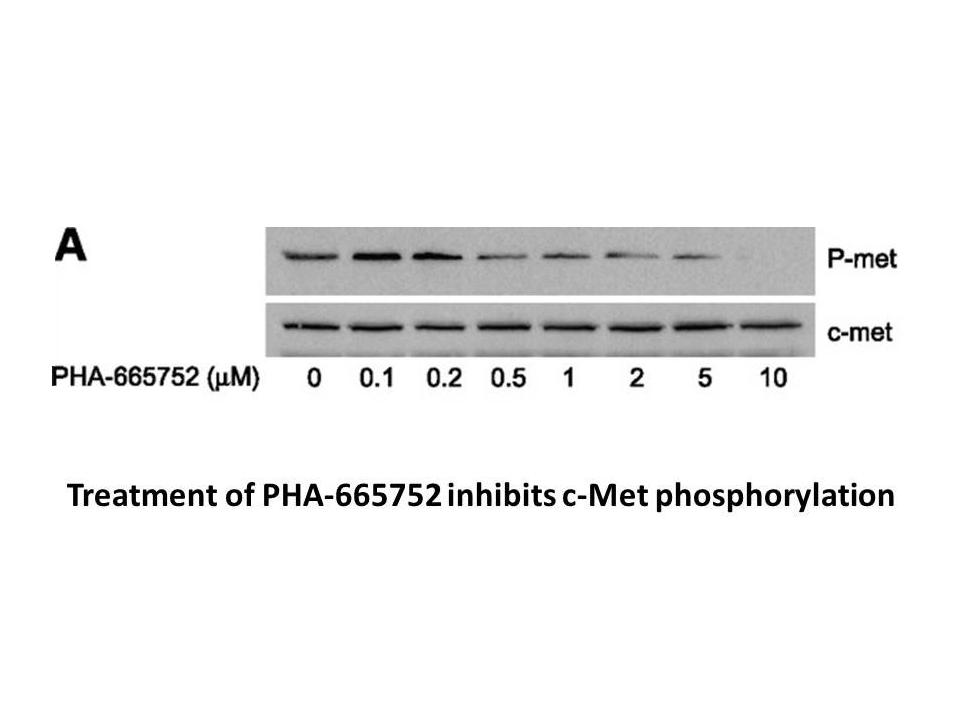
Conclusion Acknowledgments The authors extend their appreciation to Kayyali Chair for Pharmaceutical Industry, Department of Pharmaceutics, College of Pharmacy, King Saud University for funding this work through the research project Number (G-2016-2). Introduction L-ornithine is a natural
-
Coincident with APJ receptor several cell types in the body
2025-02-24

Coincident with APJ receptor, several cell types in the body can synthesize apelin protein. For example, the highest apelin concentrations in the body have been found in the rat central nervous system, pituitary gland, lungs, cardiac muscle, gastrointestinal tract and mammary glands, with lower valu
-
hexokinase regulation Limitations of this study include the
2025-02-24
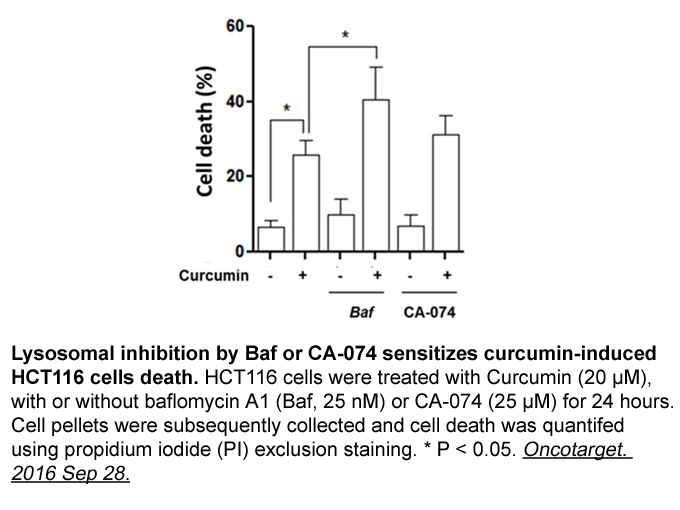
Limitations of this study include the use of HL-1 cardiomyocytes, which show different characteristics than primary cardiomyocytes [56]. Furthermore, sustained TAC in Ampkα1-deficient mice did not favorably influence cardiac function [33]. It must be kept in mind that global Ampkα1-deficiency may af
-
Plant tissues were thought to be natural sources containing
2025-02-24
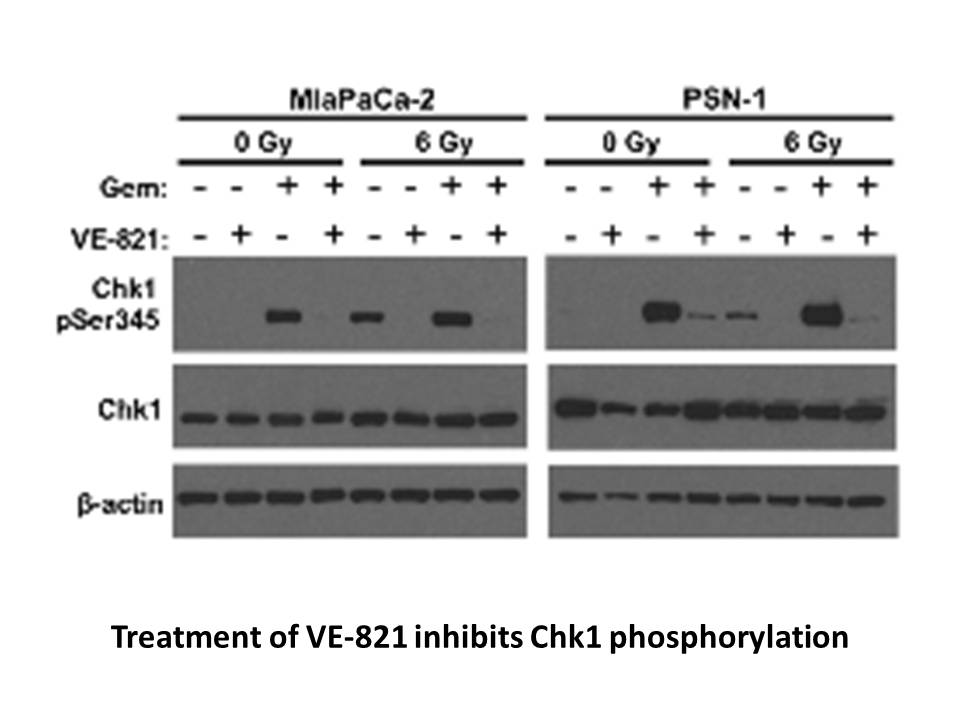
Plant tissues were thought to be natural sources containing different types of antioxidant compounds (tocopherols, ascorbic acid, carotenoids, and phenolic compounds). As a general classification, antioxidants were grouped as vitamins (ascorbic acid, tocopherols), carotenoids (condensed tannins, xan
-
Pathological angiogenesis occurs when an imbalance
2025-02-24
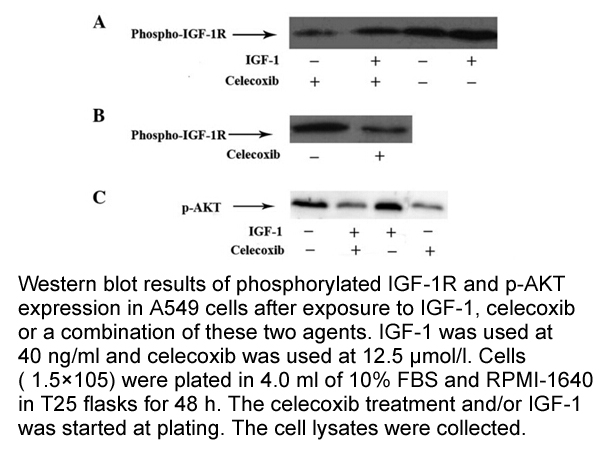
Pathological angiogenesis occurs when an imbalance of endogenous proangiogenic and antiangiogenic factors occurs. Although the focus of angiogenesis-related drug development has been geared to the discovery of antiangiogenic compounds for use in pathologies where excessive angiogenesis occurs (cance
16511 records 6/1101 page Previous Next First page 上5页 678910 下5页 Last page